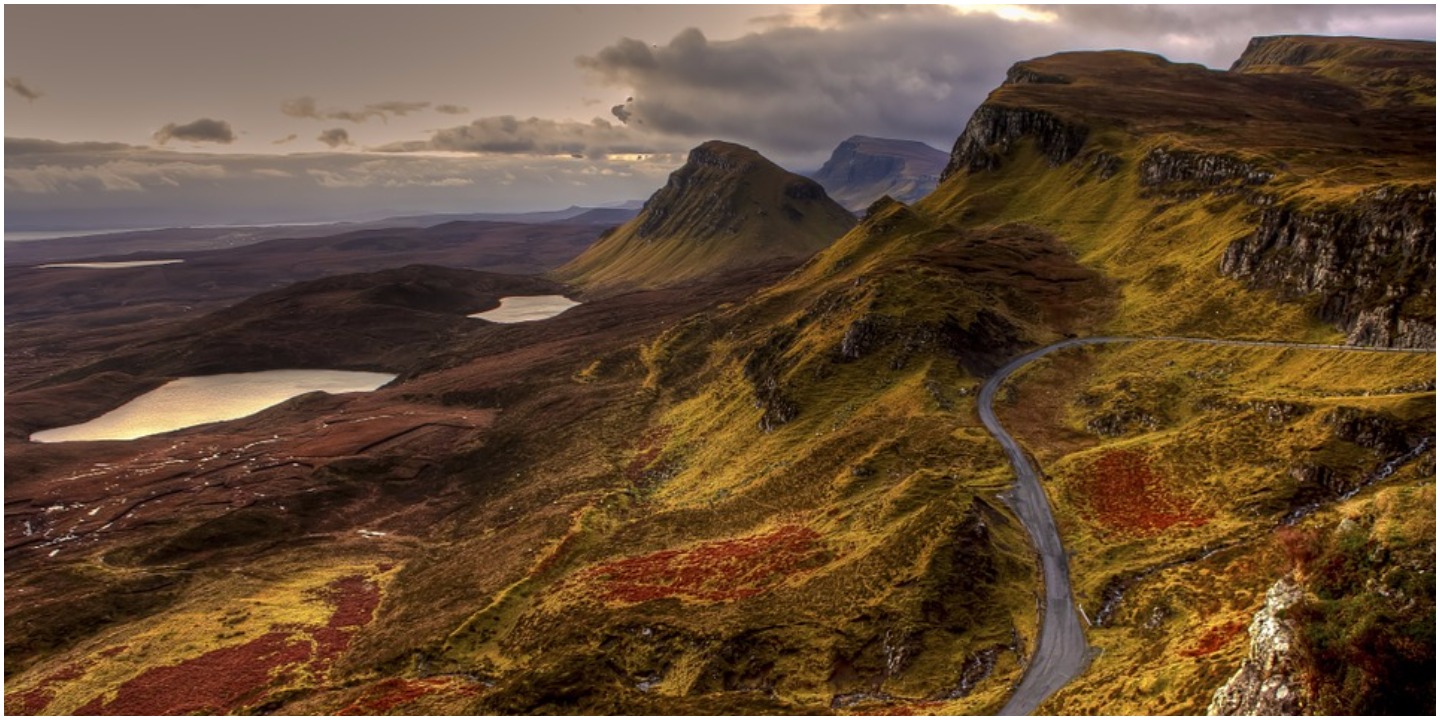Whisky bluff to whisky buff: a cheat sheet to whisky regions
Uncategorized
If you’re a wine drinker, you’ll be well-aware that each wine-producing region has a distinct character. A wine from the Bordeaux region – due to the fact they only grow five types of grape – tends to be full-bodied and well-structured, while wine from the Champagne region will be light and crisp.
Whisky is no different: American whiskey is completely different from Irish whiskey. Irish whiskey is completely different from Scotch whisky.
But it’s more than that.
In Scotland, there are five – well, maybe six (we’ll get onto that in a minute) – regions that produce Scotch, and each has a distinct character. The climate and location of each distillery adds distinct flavours to each whisky, giving them flavours and notes unique to the region.
Confused yet?
You won’t be in a minute. This cheat sheet breaks down the five (six) regions, what whiskies they produce and the character of each region’s whisky. (Plus, so you don’t look silly when you pronounce Islay how it is spelt, we’ll add a phonetic breakdown of each region too.)
Hold on. What’s this five or six whisky regions business?
Oh yes.
Well, there are five regions that nobody questions: Lowlands, Islands, Campbeltown, Speyside and Highland.
But then there’s Islay.
Some people say it’s included as part of the Islands.
Others argue that it’s got a distinct character of its own and is therefore a region in and of itself.
It’s a pretty divisive topic, but we’re going to go out on a limb: Islay is a whisky region in its own right. (If you’ve ever tried a Laphroaig, you’ll know we’re right.)
The Whisky Region Cheat Sheet
Speyside
Pronunciation: There are no tricks here. Pretty much how you’d read it. Spey-side.
The Region: Speyside is quite a small region and yet is home to around half of Scotland’s distilleries, including Glenfiddich, The Macallan and Glenlivet.
Character: In general, Speysides are the sweetest Scotch whiskies and among the most complex. They’re light on peat and heavy on sweet, fruity flavours. Expect to notice honey, vanilla and spice, as well as notes from the sherry casks.
One to try: Aberlour 21 Year (Maltman, 1994)
Lowlands
Pronunciation: Again, no tricks here. Lowlands.
Region: The Lowlands region is – unsurprisingly – at the very bottom of Scotland, known flat land, endless fields and no mountains. But, what it may lack in picturesque scenery, it makes up for in whisky grain growing.
A lot of the palt produced here often ends up in blends, although you can find Lowland single malts if you look hard enough.
Character: The gentle landscape of the region is evident in the light colour of the whisky. You’ll also get a lot of floral notes and fragrances from a Lowlands whisky.
One to try: Sadly, we don’t stock any Lowland independent bottlings (we’re working on it.). However, in the meantime, That Boutique-y Whisky Company did a killer Littlemill (a distillery that is no longer around, sadly).
Campbeltown
Pronunciation: Yet again, no tricks here. There is a silent p though, so be careful of that. (I think Islay might be the only tricky one to pronounce, but we’ve committed to this format now. Bear with us.)
Region: Campbeltown used to be the capital of Scotch whisky and was home to over thirty distilleries. Nowadays, there are only three.
Character: Campbeltown whiskies are known for being full bodied with a salty finish. (Some are also quite peaty, a bit like Islay malts. Which leads us nicely onto…)
One to try: Springbank 25 Year Crystal Decanter (Sar Obair, 1990)
Islay
Pronunciation: Here we go, the whole reason we started this pronunciation lark: Islay is pronounced I-lay, just like in ‘I lay on the grass’. (That was worth all of the effort, right?)
Region: This region is the home of lots of great distilleries – most notably Laphroaig, Lagavulin, and Ardbeg. The island is flat and peaty-as-hell.
Character: If you’ve ever had an Islay, you’ll know about it. Islays are not subtle beasts, they’re a bold, powerful whack of dry, smoky, peaty goodness. You’ll also notice the salt from the sea air (if you can look past the waves of smoke, heat and medicinal notes).
One to try: Ardbeg 25 Year (Signatory, 1991)
The Islands
Pronunciation: (We’re sorry, we have to stick with the format now.) Islands. Like islands.
Region: The Islands is a sub-division of the Highlands (which is fun to say aloud). Jura, Talisker and Arran are all found here.
Character: Island whiskies are quite similar to Islays, but less intense. You’ll still get the saltiness from the sea air, but they’ll be less heavily peated and a little sweeter. If you’ve never tried an Islay, you might want to try and Island whisky first.
One to try: Highland Park 19 Year (Gordon & Macphail, 1995)
Highlands
Pronunciation: (Thank God, we’re on the last region.) Highlands. Like islands, but with an h.
Region: The highlands are – unsurprisingly – in the north of Scotland. (Actually, due to archaic laws, a highland whisky has to originate north of a line between Greenock on the Firth of Clyde and Dundee on the Firth of Tay.)
It’s the largest whisky region of the six, and home to Glenmorangie, Oban, Glendronach, Old Pulteney, Tullibardine and Tomatin, to name a few.
Character: As the region is quite large, there’s more disparity between the whiskies than in the other regions.
Western Highland whiskies tend to be less peaty and sweeter, with the classic dry Highland finish.
North Highland whiskies are light bodied with a spicy and salty character from the coast and soil.
Central Highland whiskies are sweeter, while Southern Highland whiskies are often fruitier.
One to try: Clynelish 18 Year (Kingsbury, 1997)
So there you go, now you know. Have you got a favourite region? Or a strong opinion on the Islay debate? Let us know on social media!



